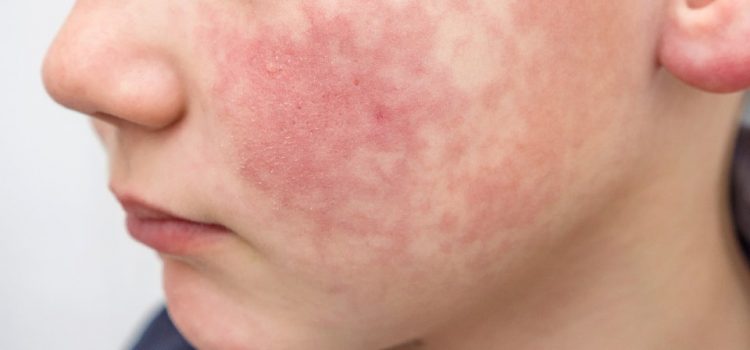Urgent message: Syncope in pediatric patients may be attributed to a wide variety of sources. As such, it is essential to keep a broad differential and to eliminate potentially life-threatening etiologies. Nehal Bhandari, MD, FAAP and Abbas Zaidi, MD, FAAP CASE PRESENTATION A 12-year-old previously healthy female presents to urgent care with several episodes of “blacking out” over the past 4 days. Each episode has occurred when she stands up from a sitting or supine …
Read More






